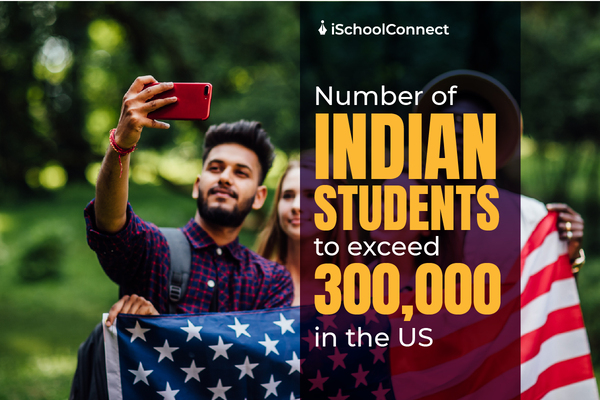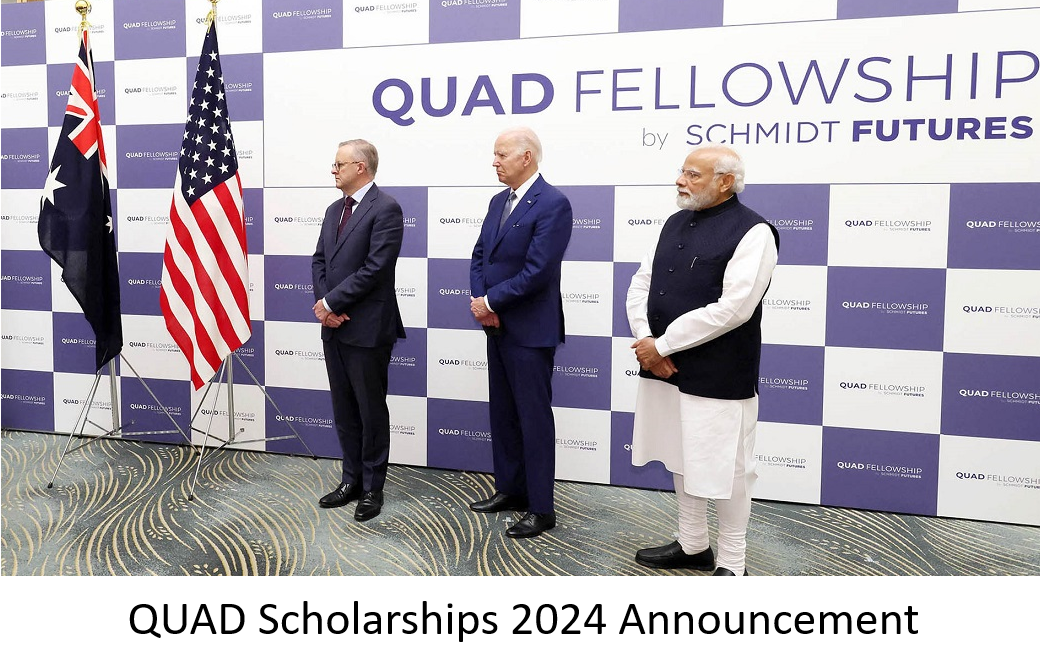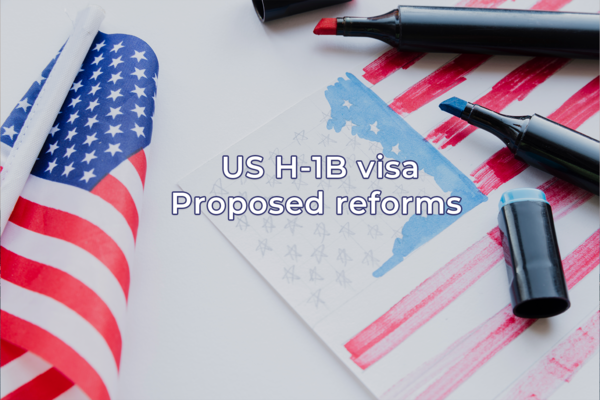Table of Contents
Amidst shifting immigration policies in countries like Canada, the United Kingdom, and Australia, US higher education institutions stand to gain from a notable increase in Indian student enrollment. Let’s explore this trend in greater detail:
Anticipated growth in Indian student enrollment
Projections indicate that Indian student enrollment in US universities is expected to surpass 300,000 for the academic year 2023-24. This surge reflects a strategic response to less favorable immigration policies in other nations, positioning the US as a preferred destination for Indian students seeking quality education opportunities.
Potential impact on international student demographics
The forthcoming Open Doors report suggests that India may outpace China in terms of international student enrollment, underscoring the shifting dynamics in global student mobility. This projected milestone underscores the enduring appeal of US higher education among Indian students, despite prevailing challenges.

Factors underpinning the appeal of US higher education
Several factors contribute to the allure of US higher education for Indian students. The presence of Indian faculty, familial connections, and success stories in Silicon Valley enhance the overall attractiveness of pursuing academic endeavors in the US. Moreover, despite perceptions of high costs, the availability of financial aid options, including scholarships and post-graduation employment opportunities, mitigates financial barriers.
Initiatives to foster Indian student mobility
Efforts are underway to bolster Indian student mobility, particularly by encouraging enrollment in lesser-known or less-popular universities. Scholarships and incentives play a pivotal role in attracting students, with universities exploring strategies to make their offerings more competitive and appealing to Indian applicants.
Exploring collaborative opportunities
Discussions between US universities and Indian representatives aim to strengthen collaboration and student mobility initiatives. Considerations for establishing international branch campuses in India have sparked dialogue regarding brand recognition, financial viability, and educational quality. These discussions underscore the mutual benefits of fostering closer ties between US and Indian higher education institutions.
Challenges and opportunities in internationalization efforts
While strides have been made in enhancing internationalization efforts, substantial work remains to be done. Practical considerations, such as faculty capabilities and the establishment of specialized international offices. These are essential for facilitating seamless academic exchanges and collaborations.
Read more: How Predictive Analytics is Transforming Student Enrollment and Success






